Company
GetMega
Role in Project
Product, UX & UI Design

At GetMega, we experiment with different game formats to engage the users. All game formats we implemented are with strangers. For the first time, we wanted to allow users to play games with their friends. We wanted to build a social network where users can hang out with friends, play games and video chat.
"Build a seamless 'Party' feature to help users invite their friends and play games."
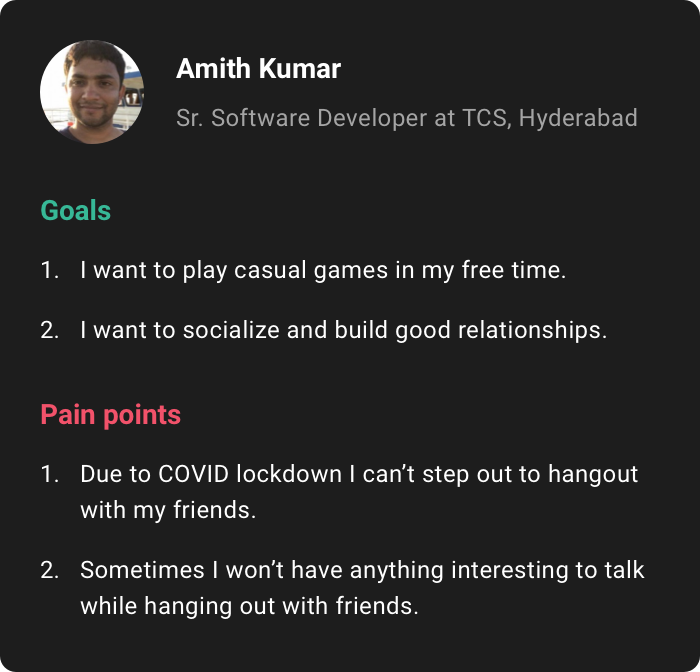
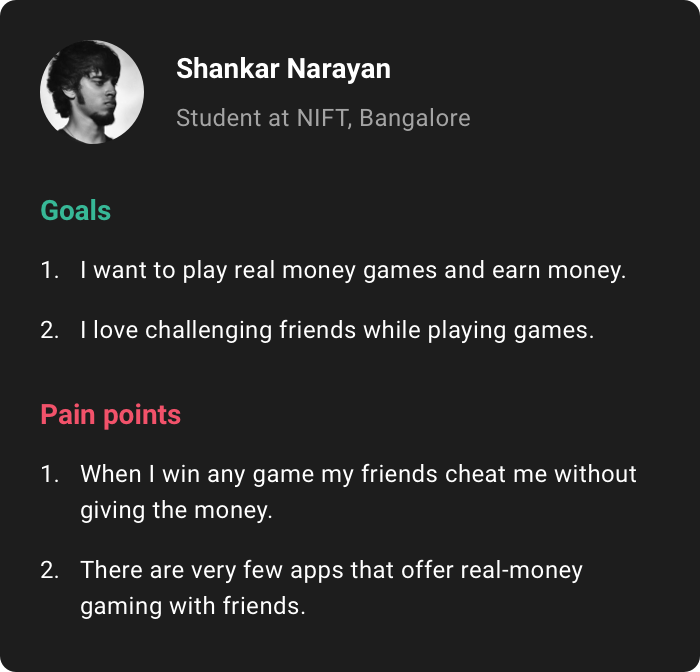
Instead of reinventing the wheel, I decided to study the UX patterns of inviting friends on some popular apps. I researched 8 ball pool, PokerUp, Google Duo, Ludo, Easy Poker and Google maps. After the study, I found 4 patterns and the reasons why they could be using them.
1. Invite using phone contacts
Sending SMS to invite friends is the most common pattern. If someone is your friend, you will probably have their phone number. The only drawback is that SMS is outdated and it can cost you few bucks.
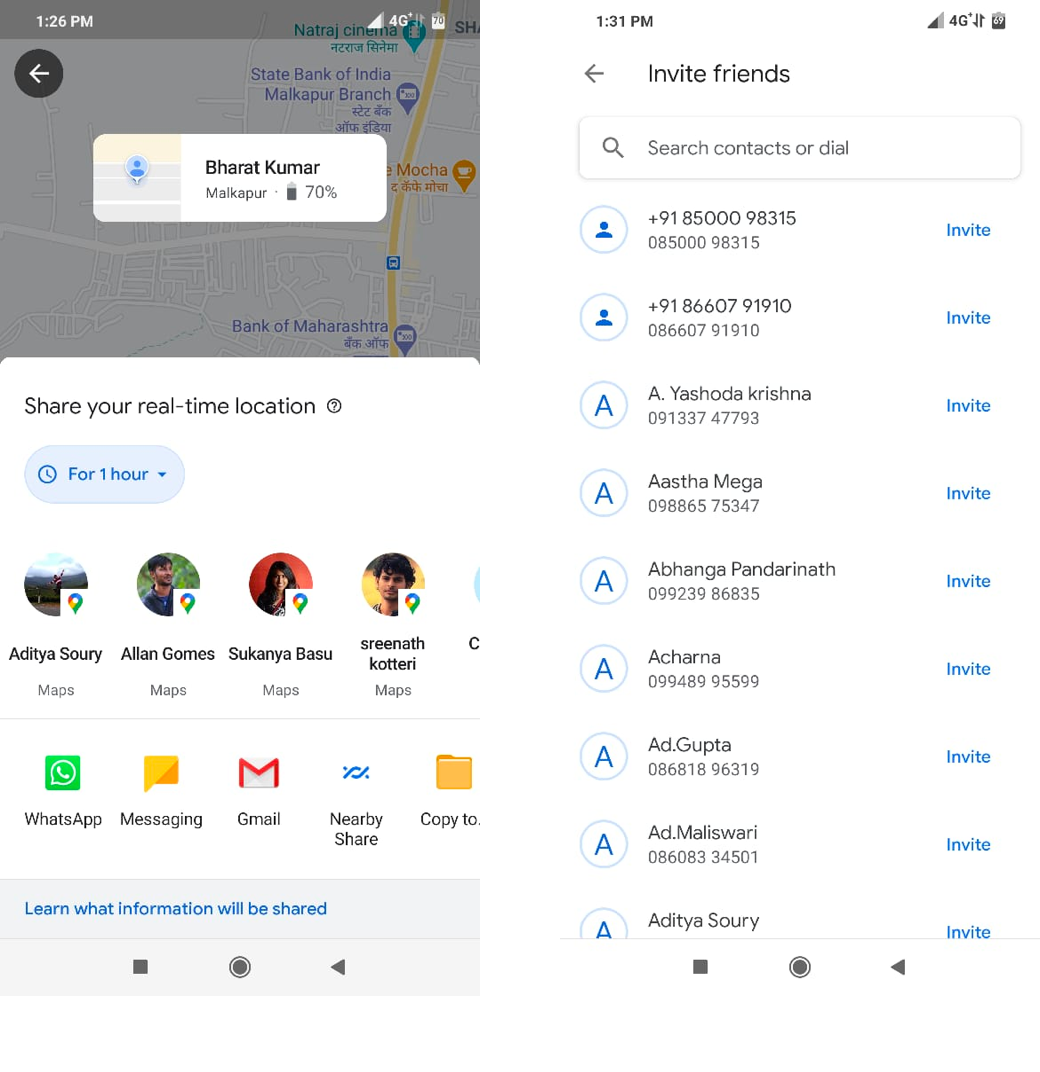
2. Invite through social networks
It is a great option when your app creates user accounts using social networks such as Facebook, Google, Etc. GetMega already uses Facebook API to create user accounts but, it is difficult to get as FB APIs are not open for everyone.
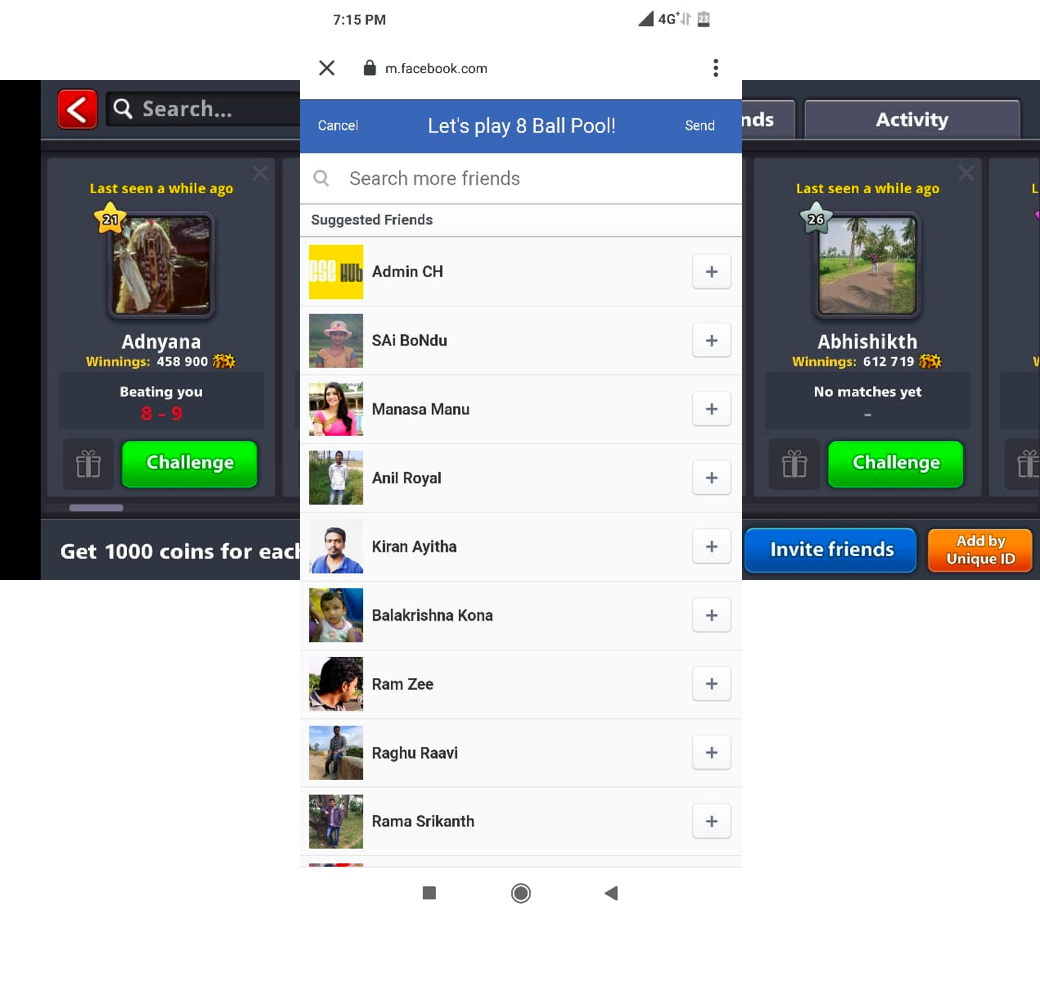
3. Invite code
It does a perfect job when all the players are in one physical location. A host can create a room and announce the code so that invitees can quickly type in to join. But in a remote setup, it sucks.
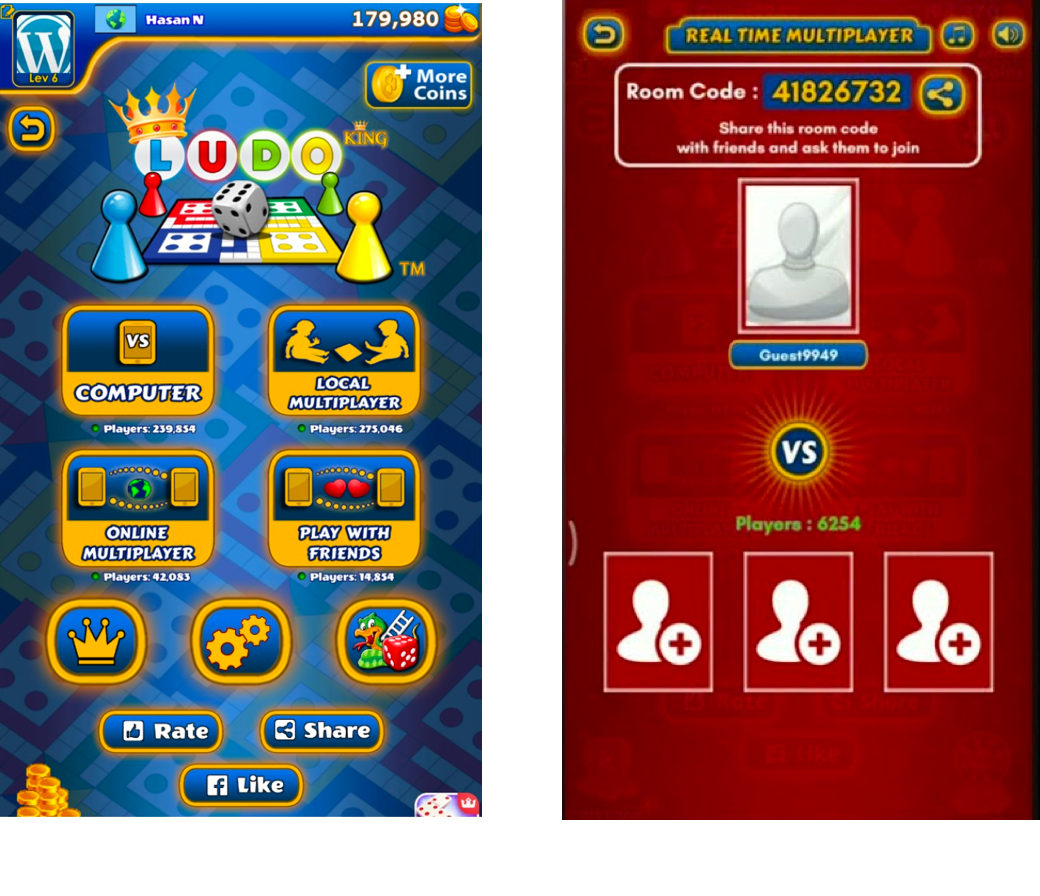
4. Invite link
Pretty similar to code but, it works perfectly in a remote setup. It also helps the invitee to join in a single click.
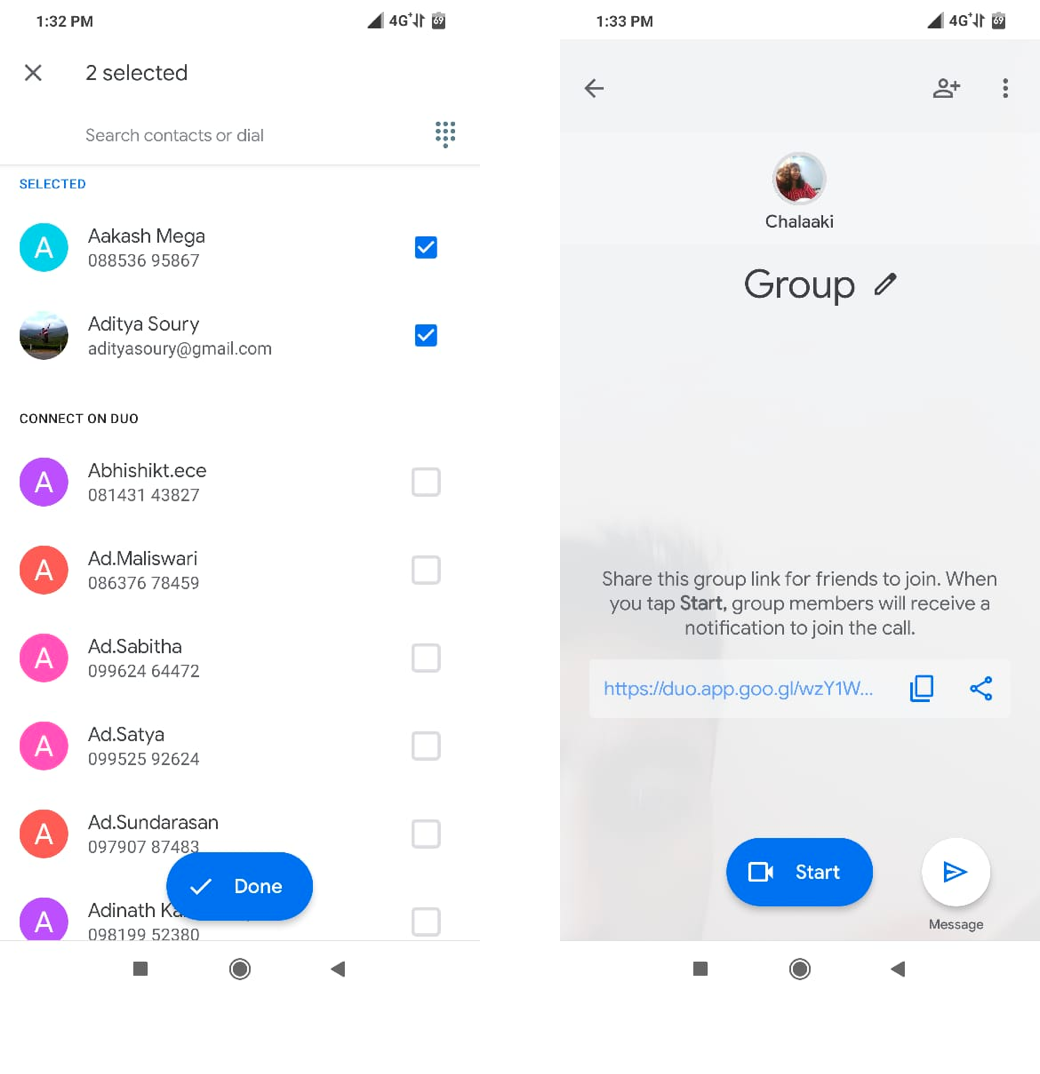
As they say one size doesn't fit all, Each pattern has its pros and cons. Instead of choosing one, we decided to enable the features based on the use cases.
Use case 1: Inviting a friend who doesn't have the app installed
SMS or invite link will work better in this use case. The invitee can install the app through the link to join the game effortlessly.
Use case 2: Inviting a long-distance friend who already has the app
The host can share the code or link so that invitee can join the game instantly.
Use case 3: Inviting friends who are at one place
The host can announce the code so that invitee can type in and join the game quickly.
Below is one of the earliest exploration of the 'Party' feature. Though the UX is not in-depth, it helped us get a sense of the primary user flow.
We focused on every state in detail to optimise the user experience further using the early prototype.
1. Buy-in Selection
Choosing a Buy-in amount is a crucial step in the flow where payment happens. The interaction must be as seamless as possible without any friction. I considered a wide range of UX patterns to get the input from the user and chose the one shown below.
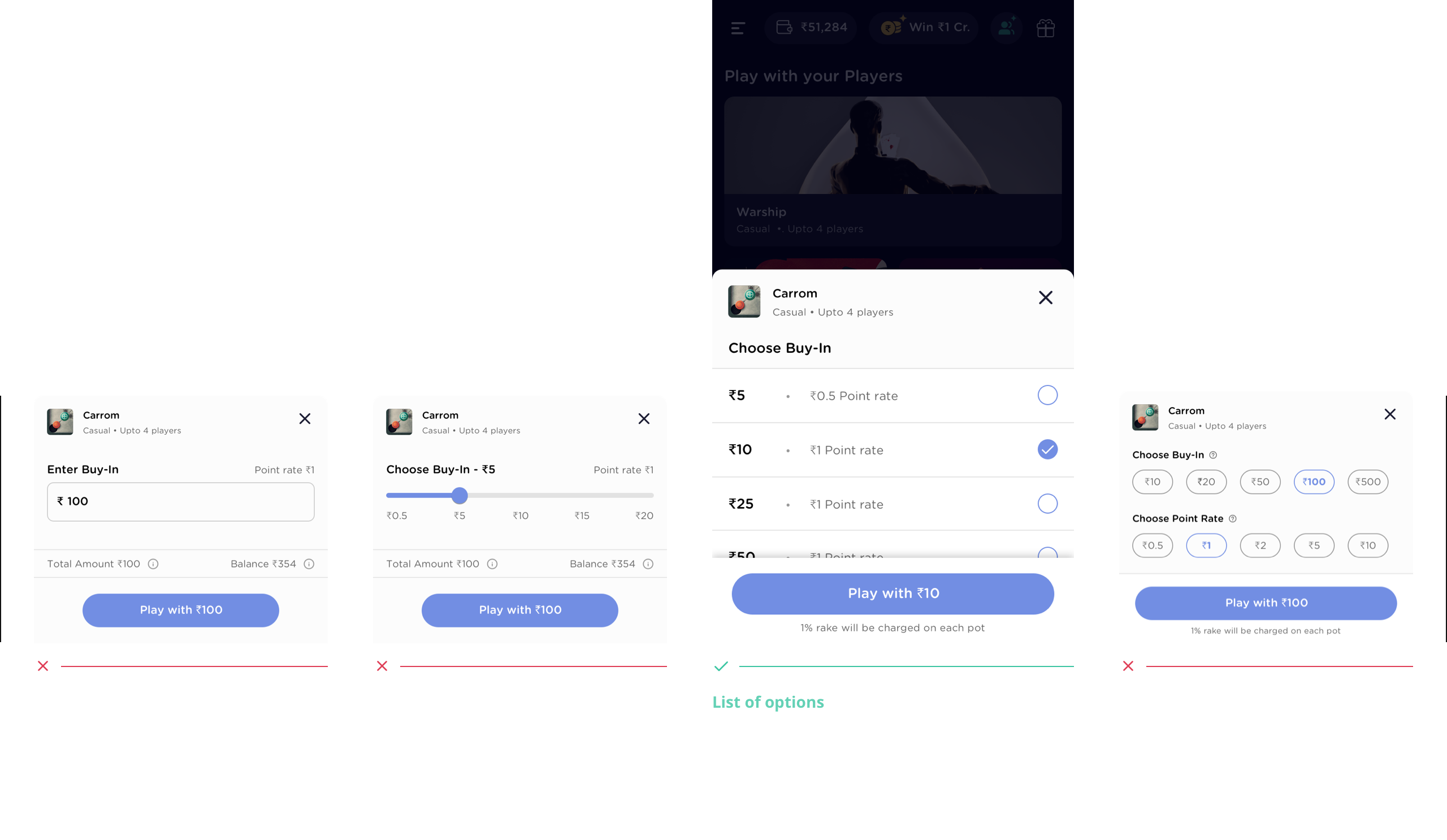
2. Lobby
Waiting for everyone to join is the boring part of this entire experience. To make it less boring, we enabled users to video chat in the lobby. It also helps users to set up their camera and mic before starting the actual game.
3. Get, Set, Go!
A host can decide when to start the game once enough friends join and complete the payment.